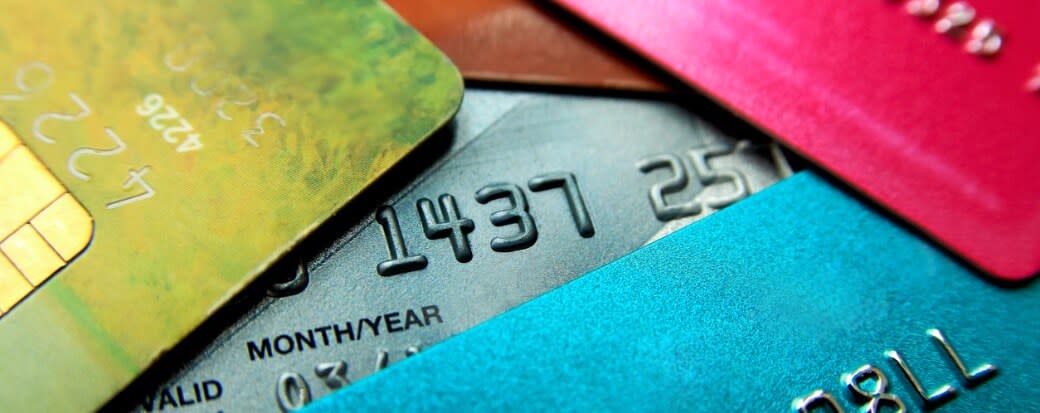How Much Credit Card Debt Do Americans Have in 2025? (State Breakdown)

Share this article:
Editor’s note: Lantern by SoFi seeks to provide content that is objective, independent, and accurate. Writers are separate from our business operation and do not receive direct compensation from advertisers or network providers. Read more about our Editorial Guidelines and How We Make Money.
The Shocking Truth About Credit Card Debt in the US
50 State Credit Card Debt Average
1. Alabama
2. Alaska
3. Arizona
4. Arkansas
5. California
6. Colorado
7. Connecticut
8. Delaware
9. Florida
10. Georgia
11. Hawaii
12. Idaho
13. Illinois
14. Indiana
15. Iowa
16. Kansas
17. Kentucky
18. Louisiana
19. Maine
20. Maryland
21. Massachusetts
22. Michigan
23. Minnesota
24. Mississippi
25. Missouri
26. Montana
27. Nebraska
28. Nevada
29. New Hampshire
30. New Jersey
31. New Mexico
32. New York
33. North Carolina
34. North Dakota
35. Ohio
36. Oklahoma
37. Oregon
38. Pennsylvania
39. Rhode Island
40. South Carolina
41. South Dakota
42. Tennessee
43. Texas
44. Utah
45. Vermont
46. Virginia
47. Washington
48. Washington, D.C.
49. West Virginia
50. Wisconsin
51. Wyoming
How to Find Out Your Credit Card Balance (And Why It Matters)
Is Carrying a Small Balance Good?
How To Avoid Credit Card Interest
Average American Credit Card Debt Balance
What You Need to Know About Credit Card Debt and How to Manage It
3 Tips to Get Out of Credit Card Debt
1. Using Balance Transfer Credit Cards
2. Getting a Personal Loan to Consolidate Debt
3. Receiving Credit Counseling
The Takeaway
Frequently Asked Questions
Photo credit: iStock/alexialex
LNTCC-Q125-005
About the Author
Sulaiman Abdur-Rahman writes about personal loans, auto loans, student loans, and other personal finance topics for Lantern. He’s the recipient of more than 10 journalism awards and served as a New Jersey Society of Professional Journalists board member. An alumnus of the Philadelphia-based Temple University, Abdur-Rahman is a strong advocate of the First Amendment and freedom of speech.
Share this article: